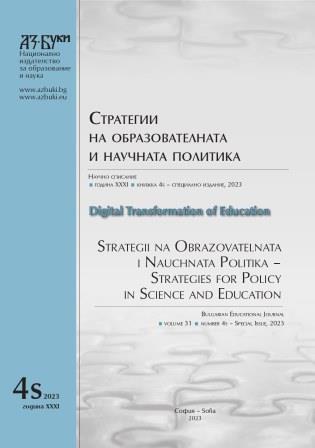A Study on the Possibilities to Integrate the Modern 3D Technologies in the Scientific Activities of the Higher Education Institutions
A Study on the Possibilities to Integrate the Modern 3D Technologies in the Scientific Activities of the Higher Education Institutions
Author(s): Georgi Hristov, Ivan Beloev, Plamen Zahariev, Diyana Kinaneva, Georgi GeorgievSubject(s): Social Sciences, Economy, Education, Sociology, Higher Education , History of Education, Educational Psychology, Sociology of the arts, business, education, ICT Information and Communications Technologies, Globalization, Sociology of Education, Distance learning / e-learning
Published by: Национално издателство за образование и наука „Аз-буки“
Keywords: 3D technologies; 3D scanning; 3D printing; digitalization; hologram displays; higher education insti
Summary/Abstract: The technological advancements in the last three decades have led to many innovations in the area of the Information and Communication Technologies, which in turn have fuelled the rapid development of the modern 3D technologies. This collective term is used to describe both the methods for the development of the digital content and the solutions and devices, which provide means for the attractive, interactive and innovative visualisation and popularisation of this content. The 3D technologies have provided many possibilities and never-before-seen opportunities, but they have also presented many new challenges. The high cost of the equipment, the complexity of the digitalization processes and the unexperienced staff are just few of the reasons for the slow adoption rate and the delayed integration and use of these technologies by the higher educational institutions. Currently, there are many different ICT solutions and systems in use in the colleges and universities in Europe and in the world. Nevertheless, only few of them are related to or use the modern 3D technologies. In this article we present and analyse some of the most popular methods and approaches for development of digital models, as well as how this content can be visualised, presented and popularised using different platforms and solutions. Last, but not least, we discuss the possibilities to integrate the modern 3D technologies in the scientific activities of the higher education institutions in Bulgaria.
Journal: Стратегии на образователната и научната политика
- Issue Year: 31/2023
- Issue No: 4s
- Page Range: 22-38
- Page Count: 17
- Language: English
- Content File-PDF

